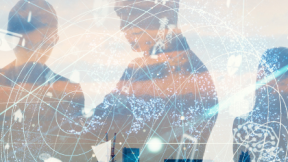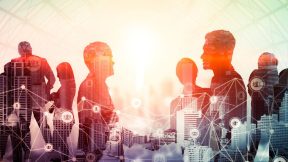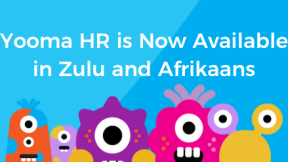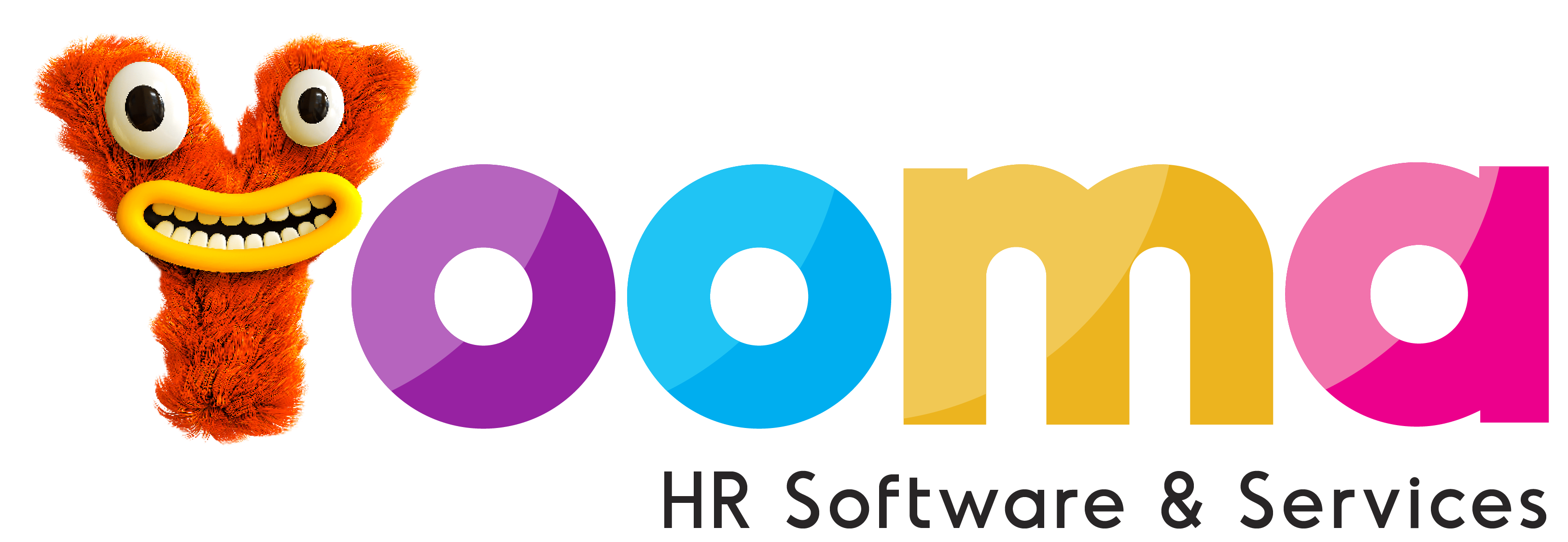How Digital Twins Technology Could Revoluntionise and Benefit Human Resources Today
This post was written by Dylan Kohlstadt

How Digital Twins Technology Could Revolutionise and Benefit Human Resources Today
A report from Accenture expects the world’s digital twin market to grow to $184.5 billion by 2030. There’s a good reason for this.
As the work environment changes and remote working becomes the norm, business leaders, employees, and even human resource (HR) managers recognise the need for faster, automated, and more efficient processes that benefit the entire organisation and workforce. You only need to look at your competitors or google “HR software” to see the demand for digitised solutions. But have you considered digital twins as a solution? You should. Your boss and team will thank you.
What Are Digital Twins?
Digital twins are virtual counterparts of physical processes, objects, or services. Sensors on the physical item collect data about its performance, which is sent to the digital twin on an ongoing basis. The digital twin uses this data to make intelligent predictions.
Real-World Examples of Digital Twins
There are examples of digital twins across multiple industries. One example comes from the healthcare industry: the Neurotwin project. This ambitious venture aims to utilise digital twins to predict optimal treatments for devastating conditions such as Alzheimer’s.
Another example of a digital twin is a Tesla car; sensors on each car collect data, which is uploaded to the cloud, and consequently helps AI algorithms to predict potential faults, thus reducing the need for customers to take their cars for maintenance.
The Benefits of Digital Twins in Human Resources
- Increase organisational visibility. A digital twin can consolidate disparate data into one place, providing you with a holistic view of the whole company, workforce, and processes through its entire lifestyle. You can measure employee performance, process efficiency, and system functionality accurately and in real time.
- Manage employee workloads. Digital twins allow you to proactively assess your employee’s workloads by monitoring their calendars. Is a staff member dangerously close to burnout? Digital twins can recommend they take time off based on their workload! This insight enables HR managers to react appropriately and care for employees’ mental health, such as shifting tasks to other employees who might have more capacity.Digital twins can even suggest activities to include in the company’s benefits package, for example, a fitness program. This could positively impact employees’ well-being, avoid potential problems (such as burnout), and set your organisation apart from competitors.
- Customised training. When digital twins have data on employee performance, they can recommend customised training to boost that employee’s performance. Digital twins can suggest training relevant to the employee’s weakness or struggle. As the HR manager, you can now accurately address that need and better understand your team’s capabilities.
How Can Digital Twins Predict Problems?
Have you ever implemented a new process without testing it first and then watched, disheartened, as employees complained, maybe even resigned? Or have you ever created more work for yourself simply because you didn’t identify potential pitfalls first?
Digital twins can help HR by predicting those problems before they happen and before your team experiences them. Here is one example: imagine you’ve built a capable workforce. Unfortunately, there’s always the chance they could leave your company. How likely is that to happen? Digital twins can calculate the probability. You load the information from company-wide surveys, performance appraisals and even employee history into your digital twin; the digital twin can then determine the likelihood of your team jumping ship. Once you know the odds, you can take action to avoid the problem.
The Future of Digital Twins in Human Resources
The opportunities for HR managers to utilise digital twins are endless. The more you develop this virtual infrastructure, the more prediction capabilities will grow. As your organisation’s HR leader, you’ll be able to embrace new efficient processes and predict (and remediate) problems before they damage the business.
Read Yooma HR’s recent blog for more on the innovative technologies shaping human resources today.
View our Latest Blog Posts

Making the Switch: Smooth Transition to a New HR and Payroll Software

Enhancing Employee Engagement Through HR and Payroll Software

Mastering Labour Law Compliance: Elevating South African Companies with HR & Payroll Software

Simplifying Skills & Competency Management: Navigating the Corporate Maze

The Role of HR Technology in Supporting Remote Work Policies and Procedures

Choosing the Right HR and Payroll Software: A Comprehensive Guide for Businesses

How HR Managers Can Prevent Employee Burnout With AI

The Best Tips To Onboard Employees So They Fall In Love With Your Company

Top Three HR Technology Trends To Help You Retain Employees In 2023


